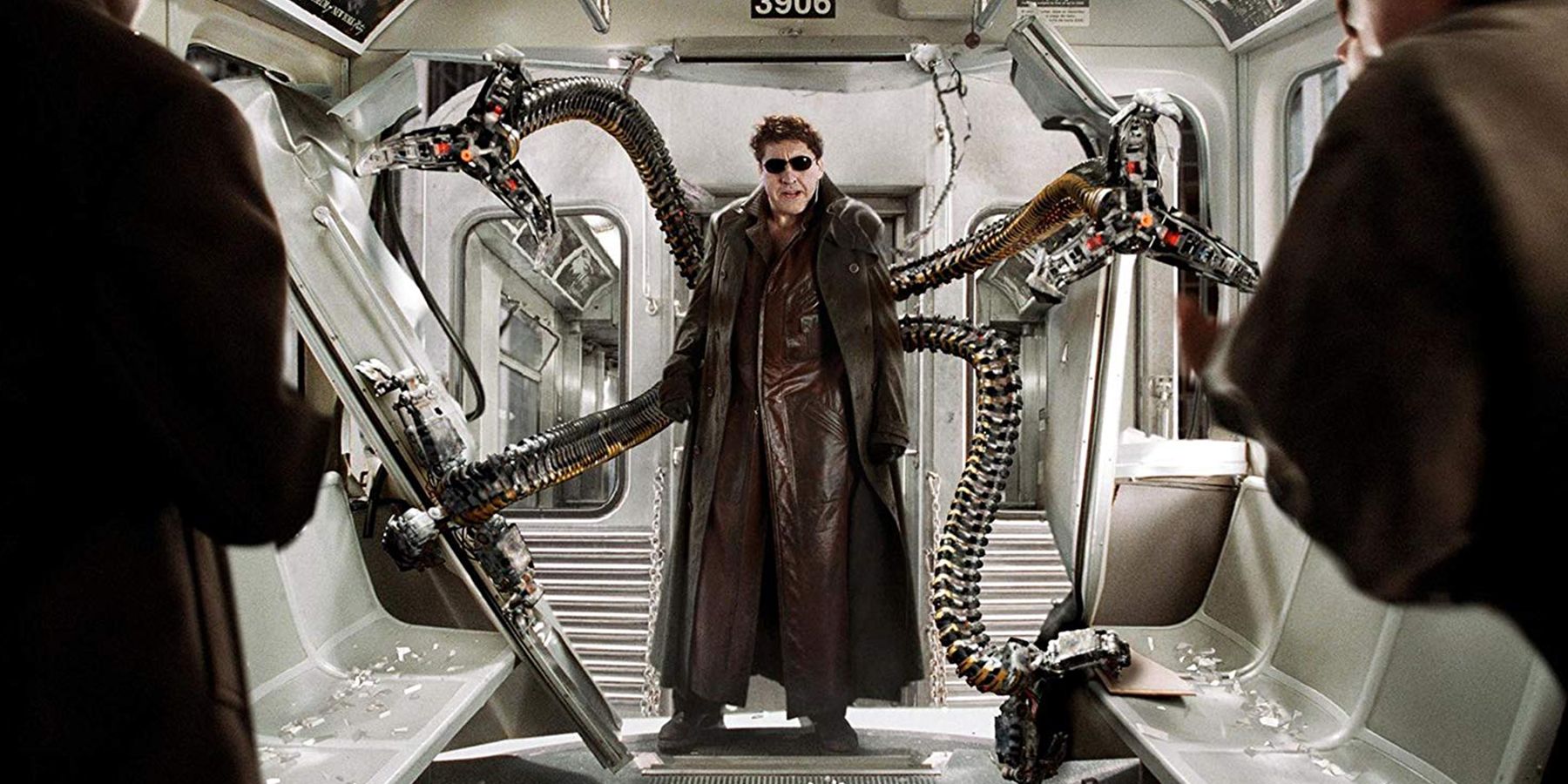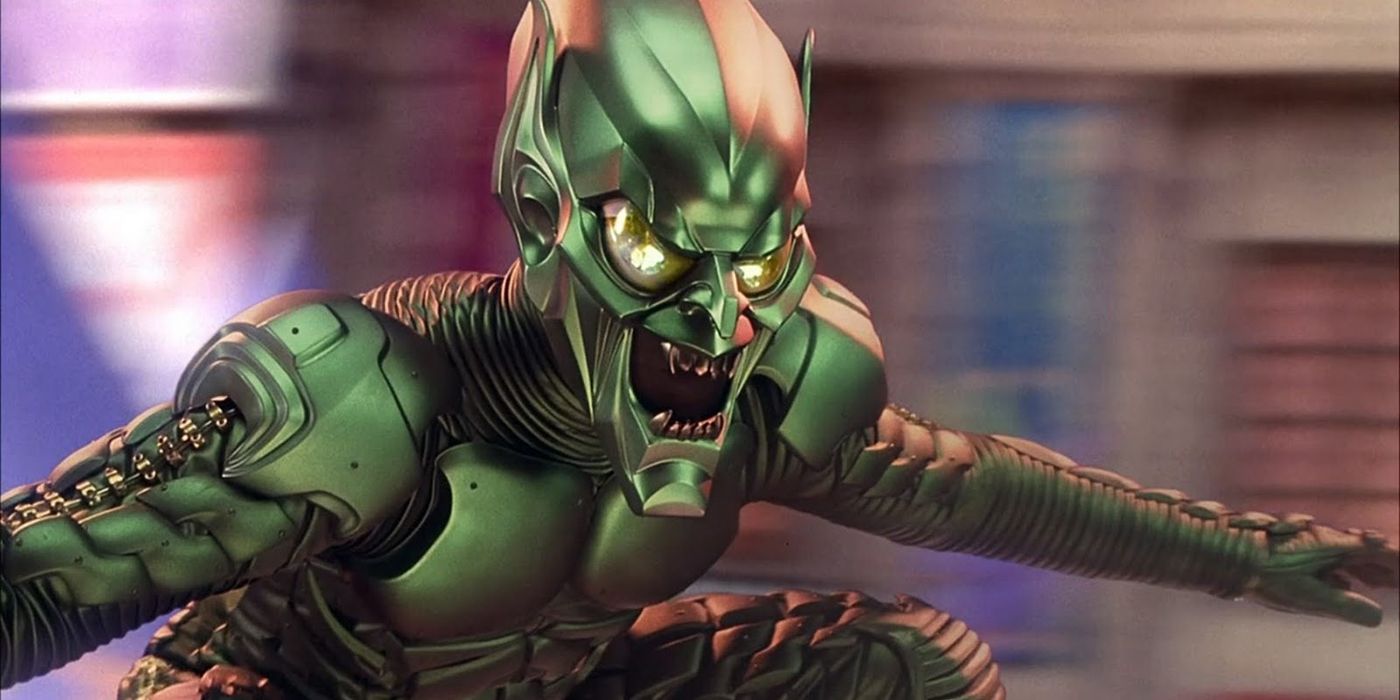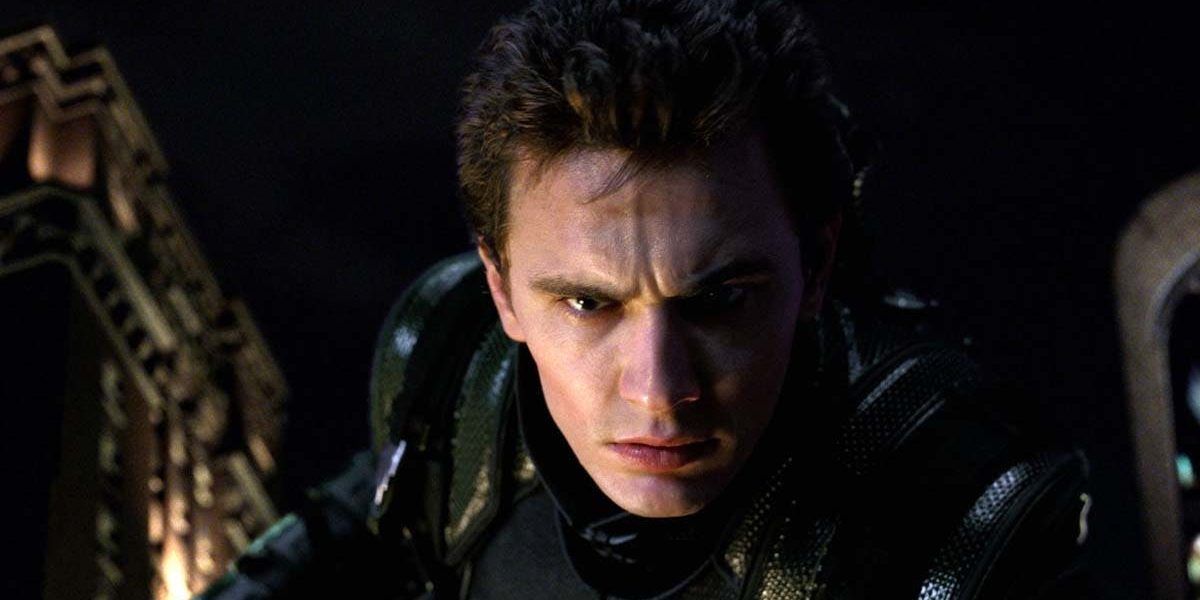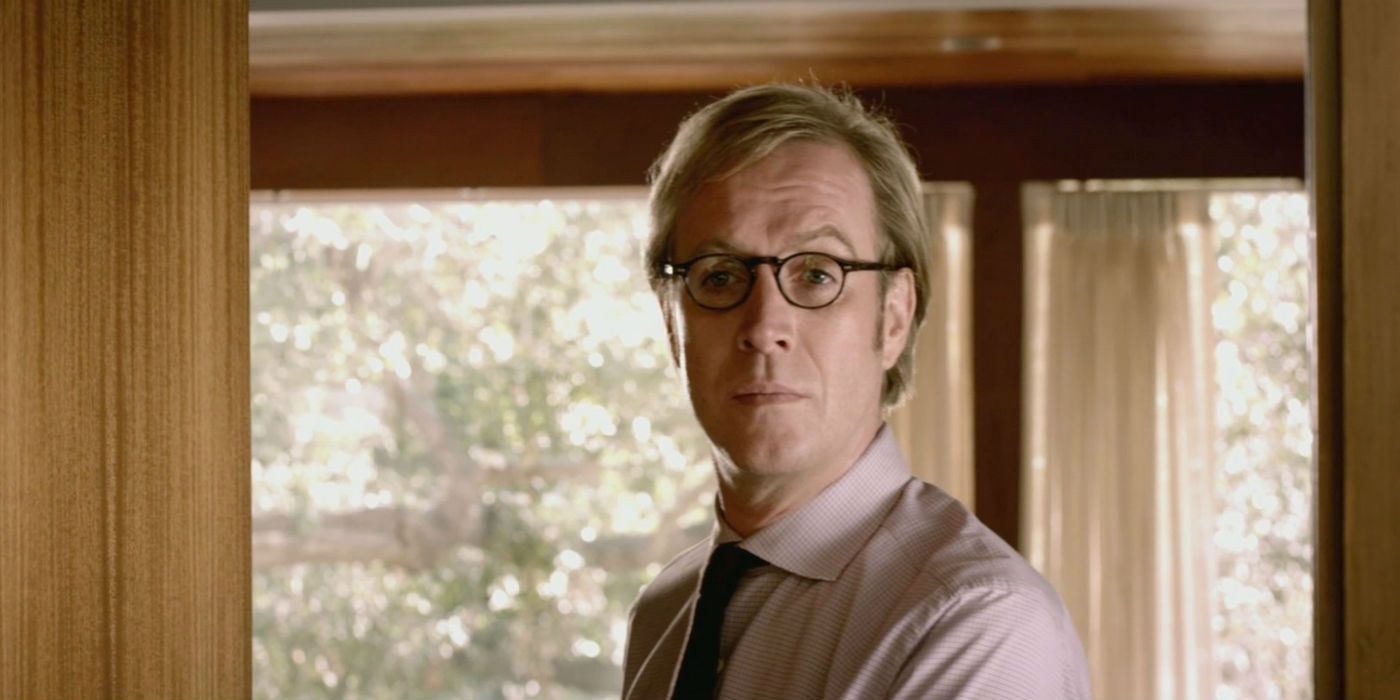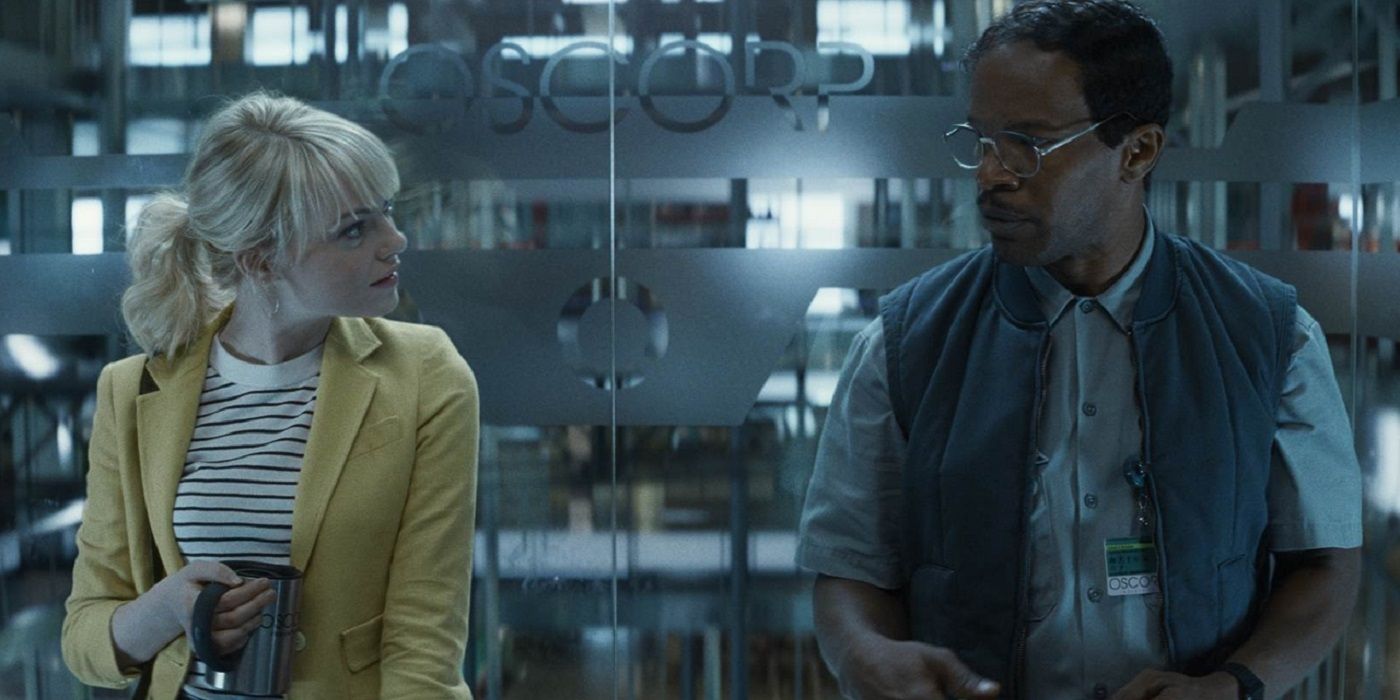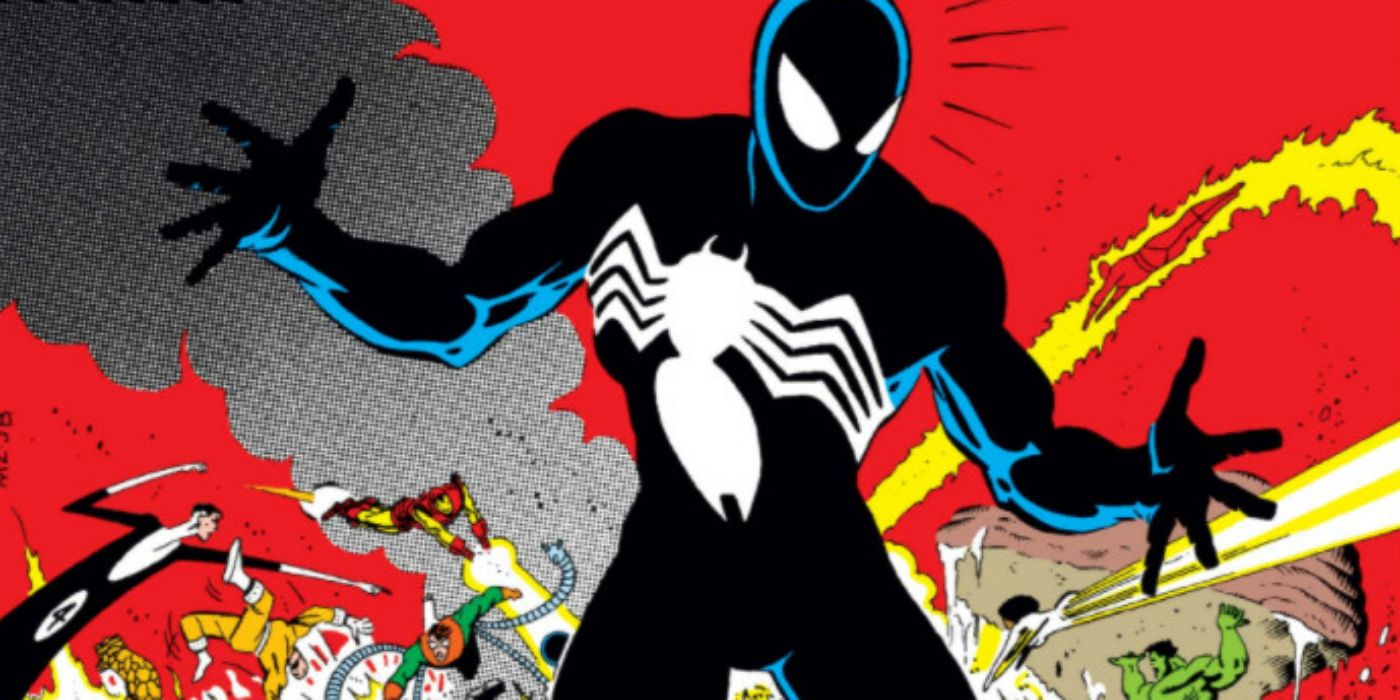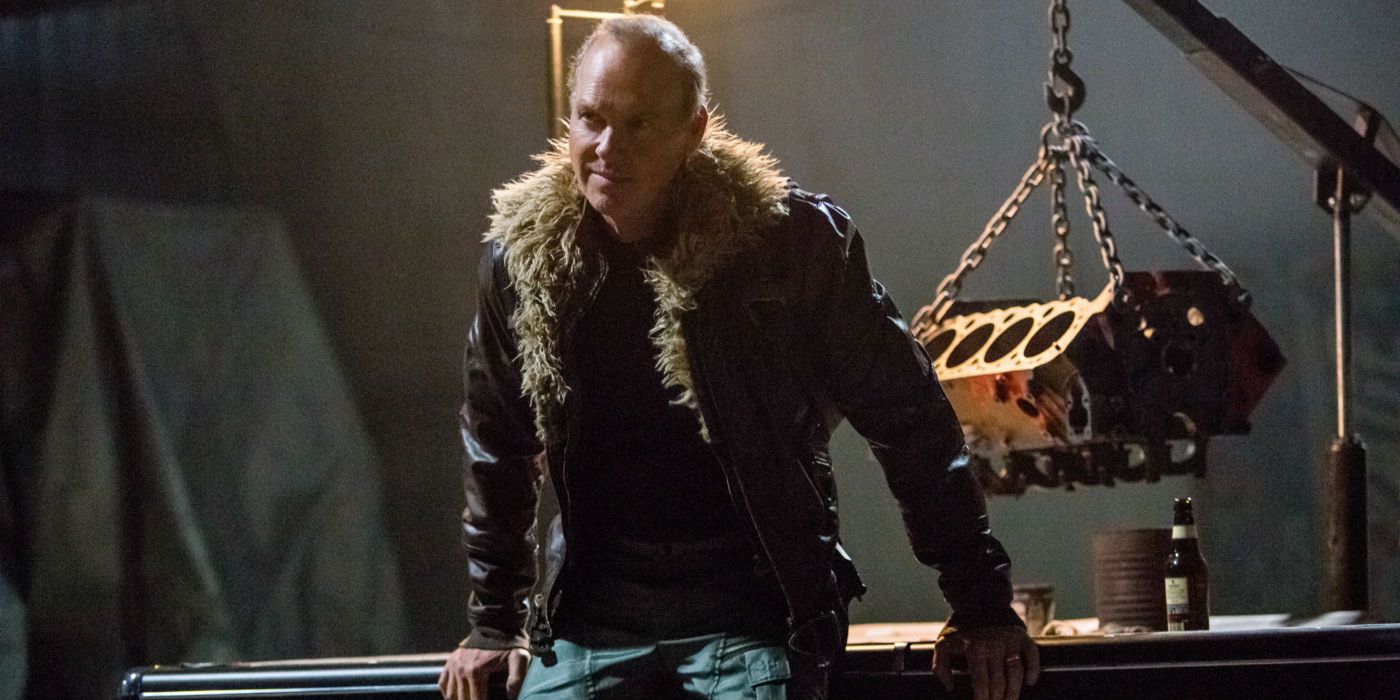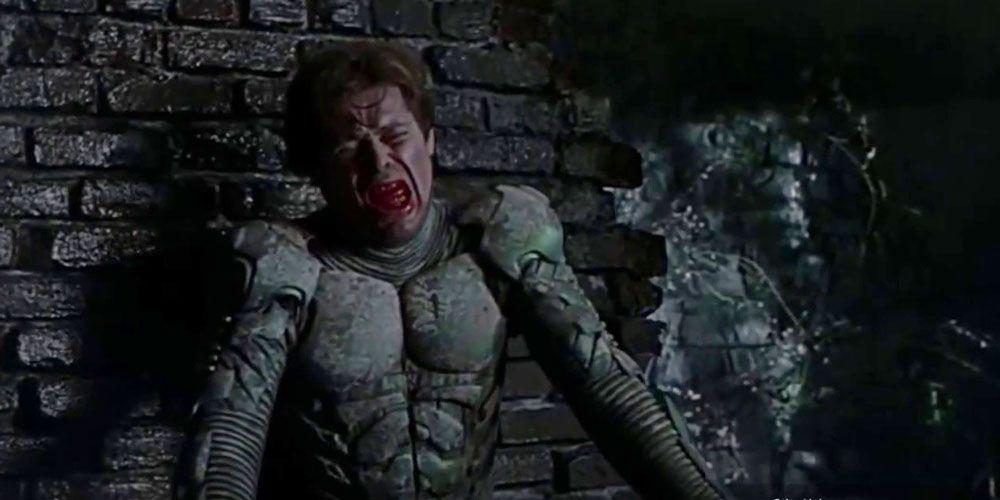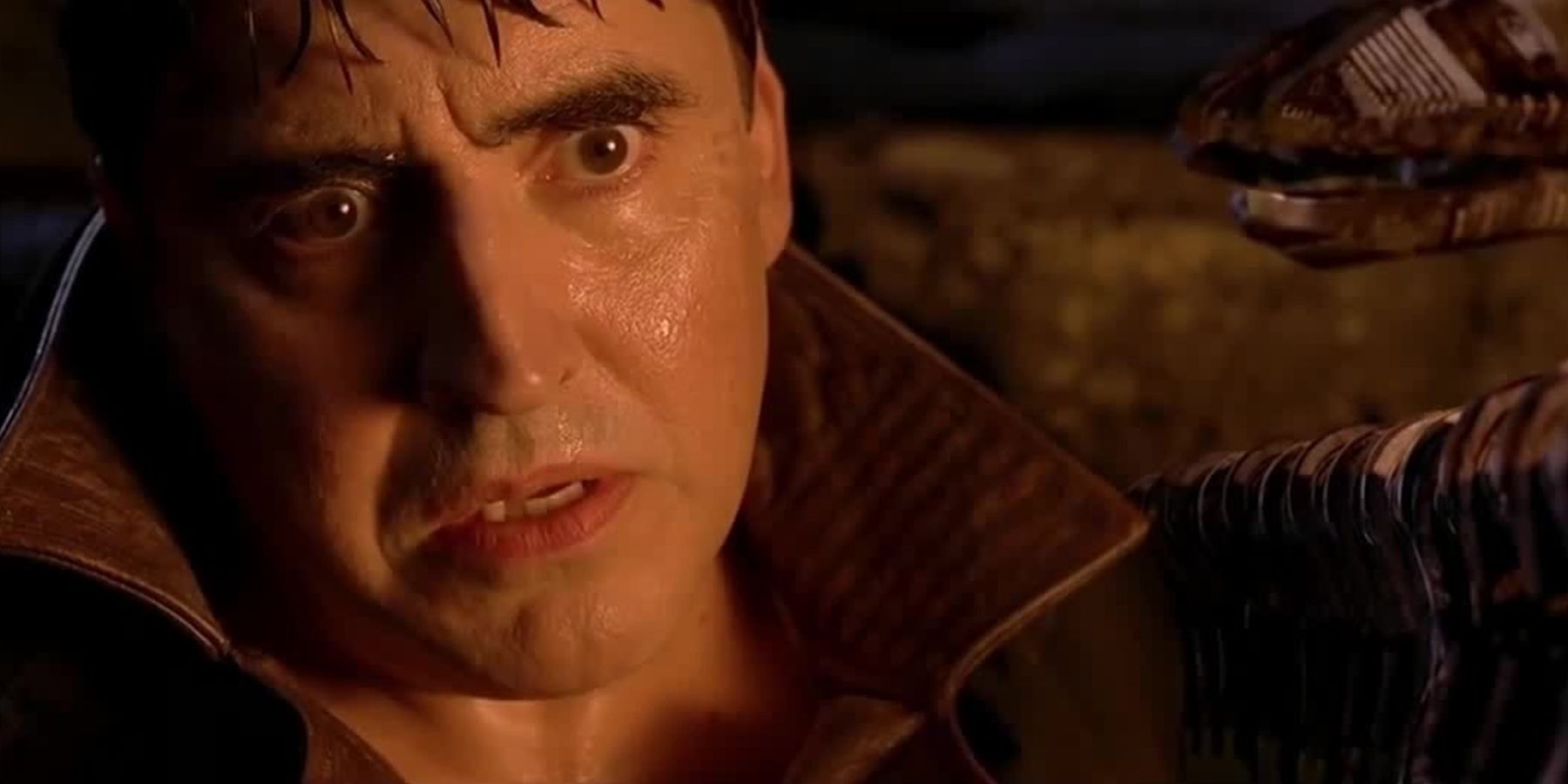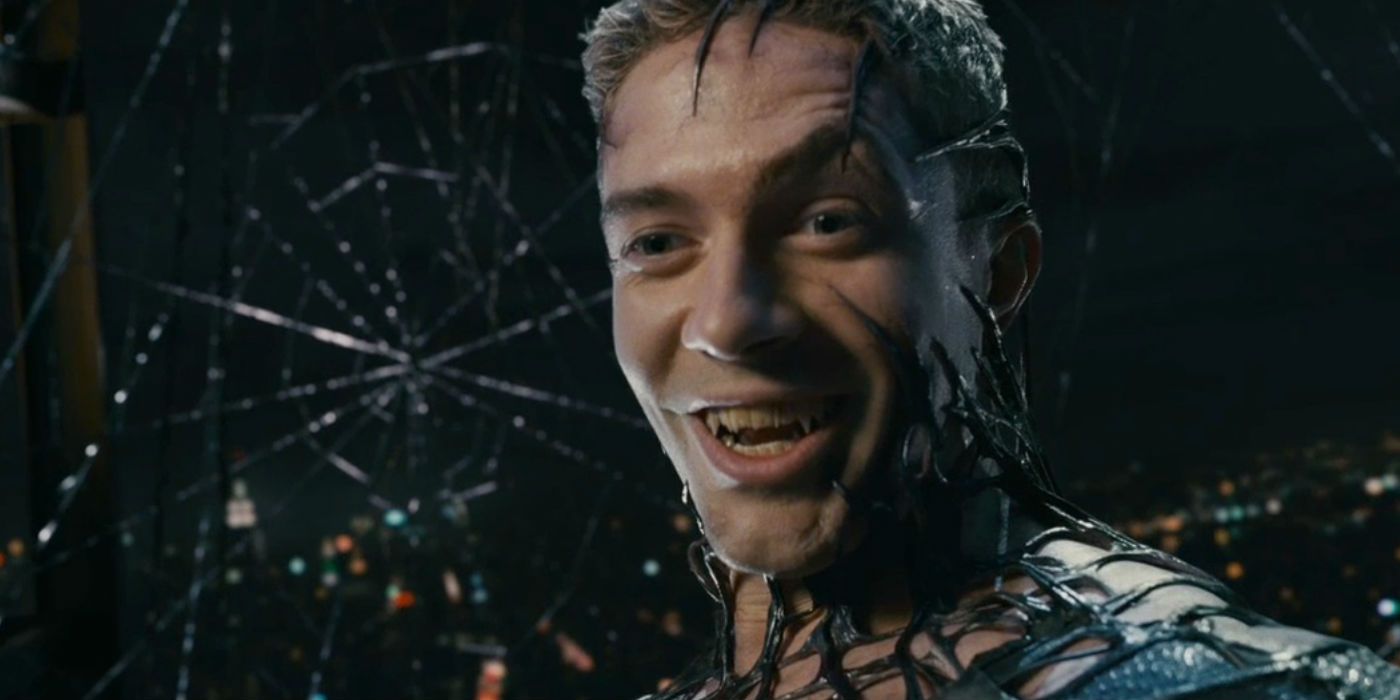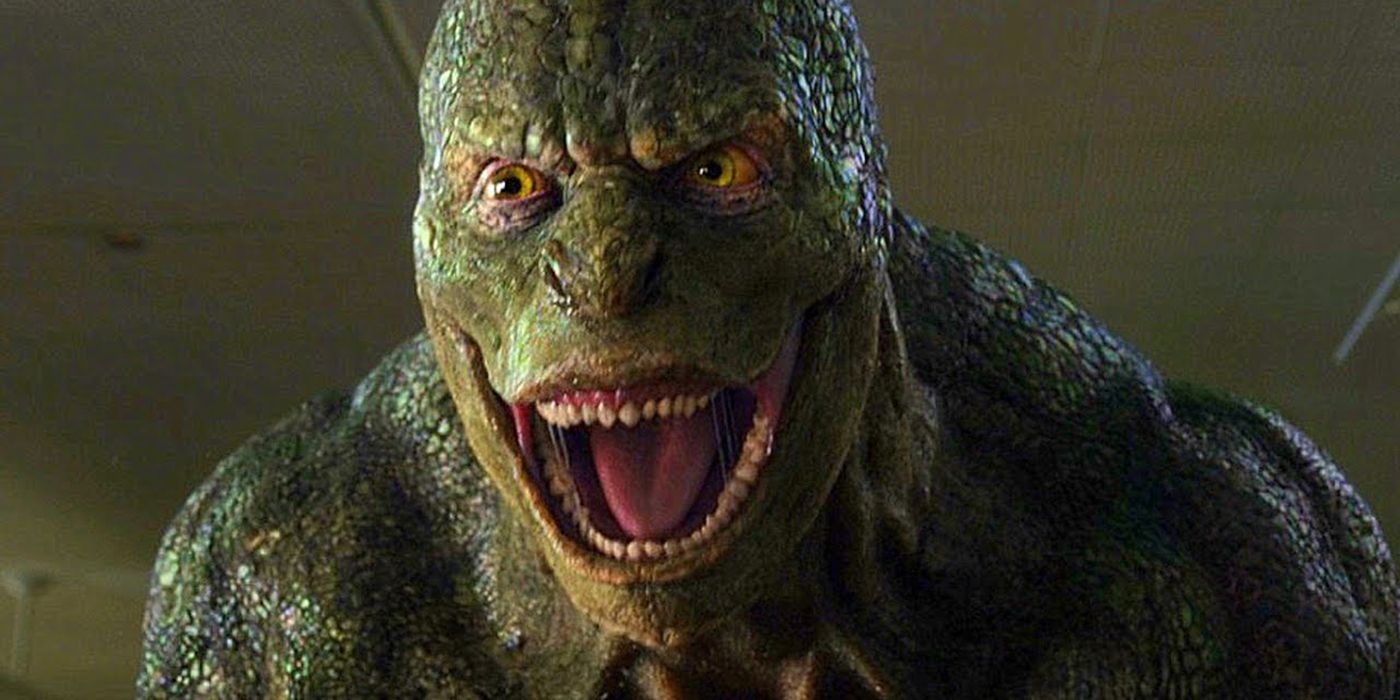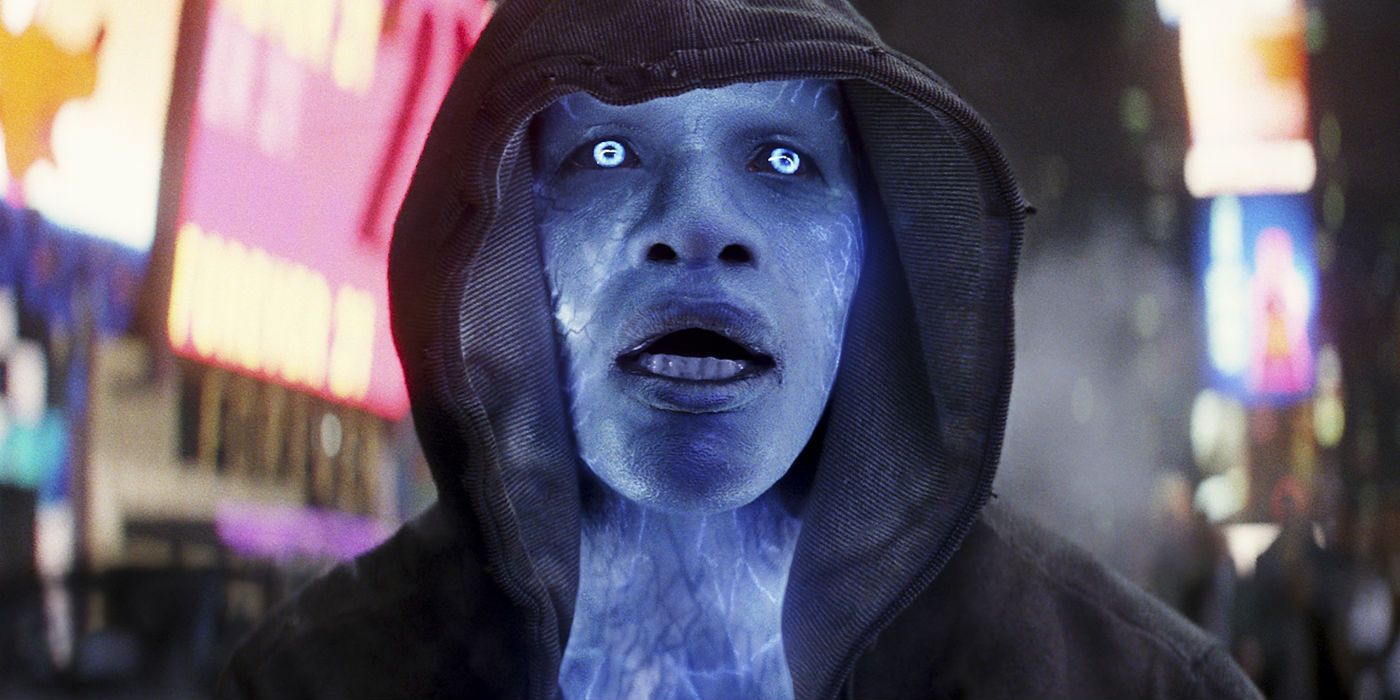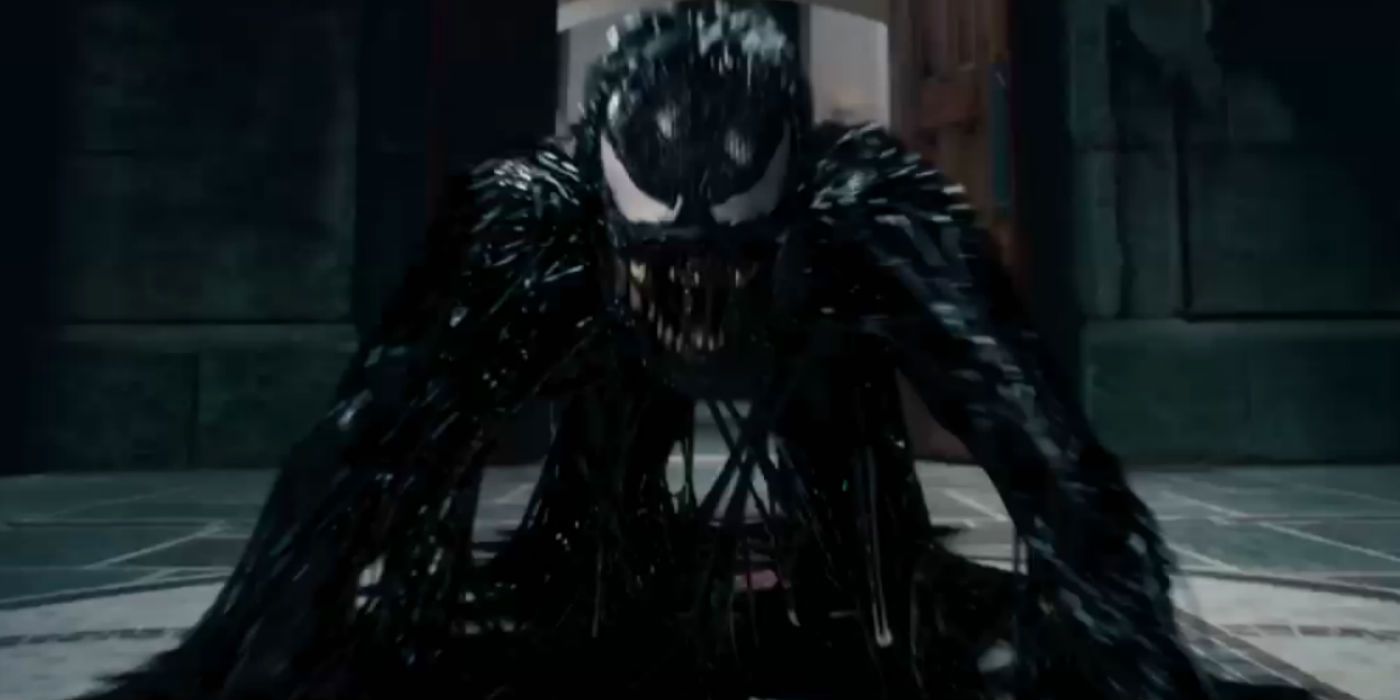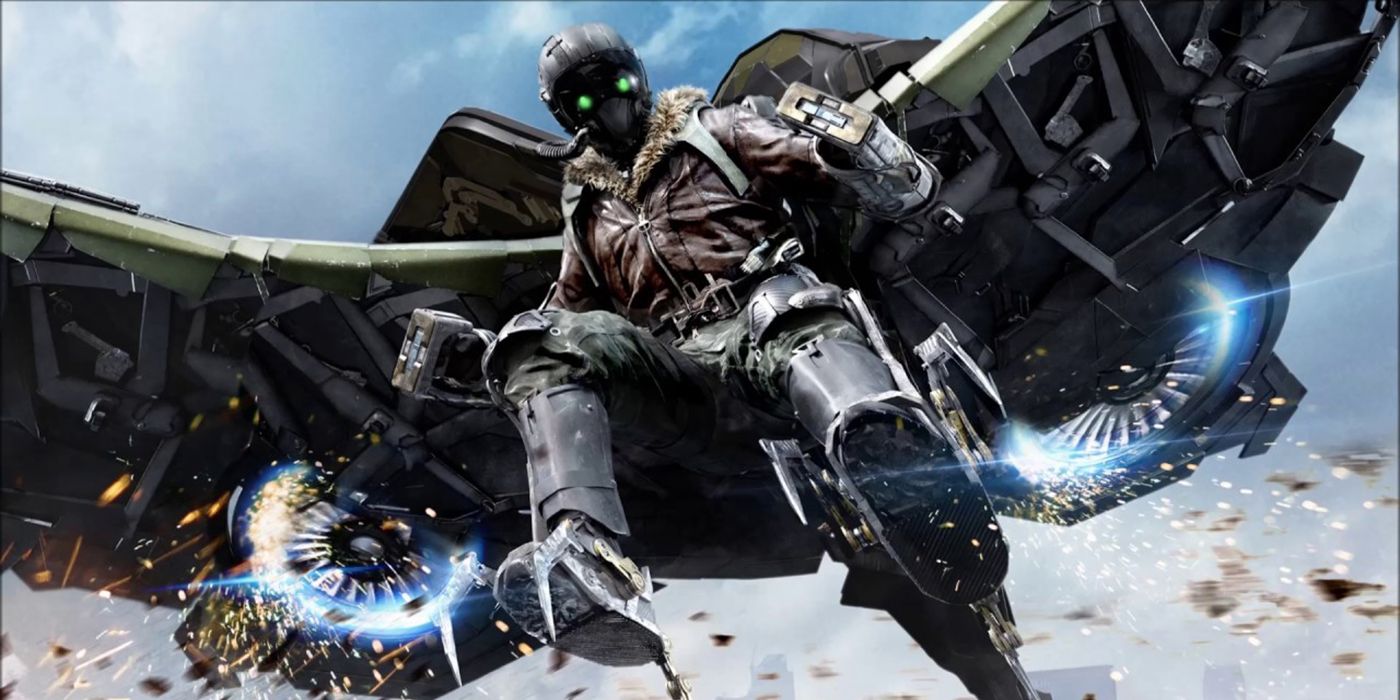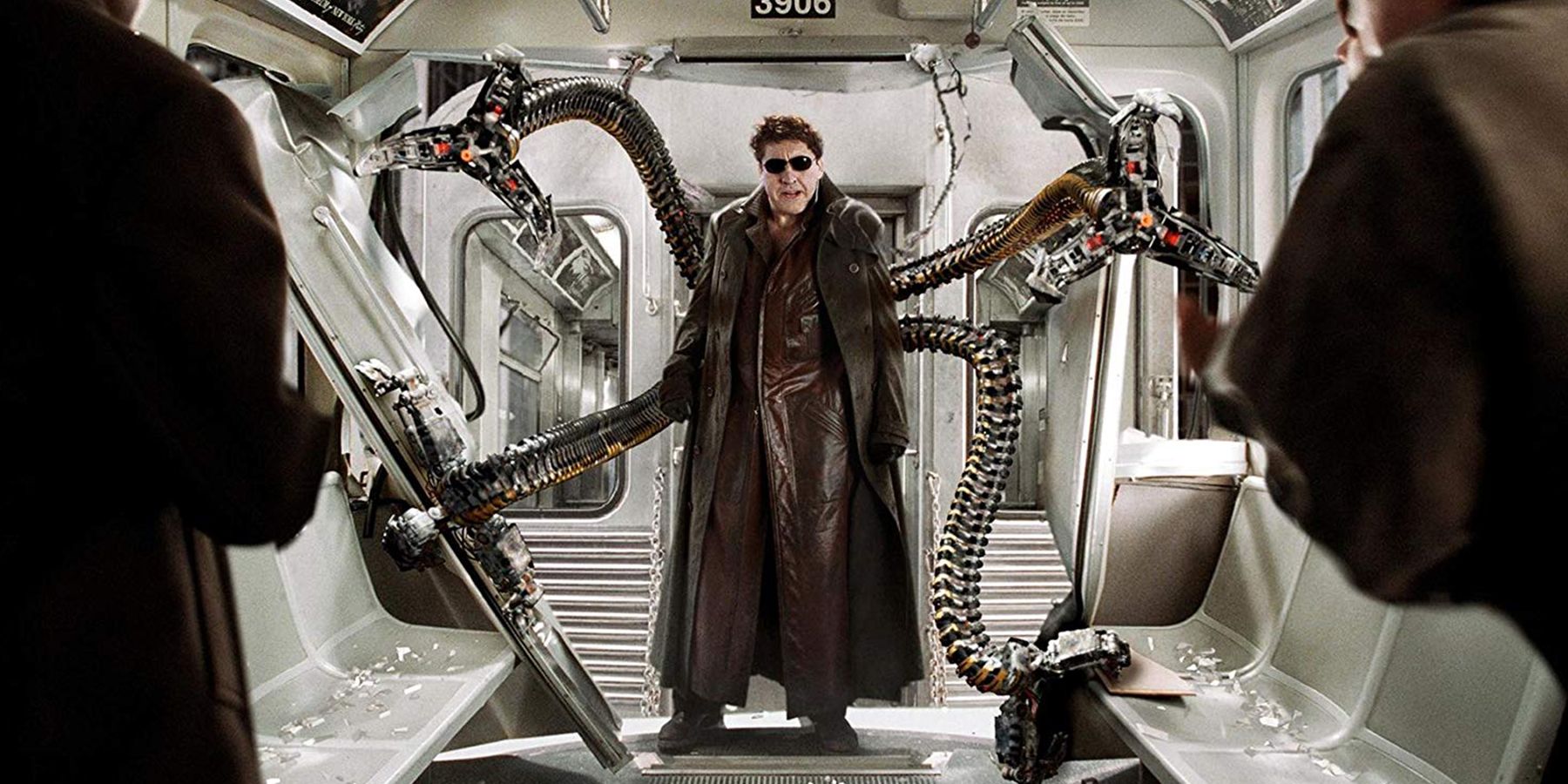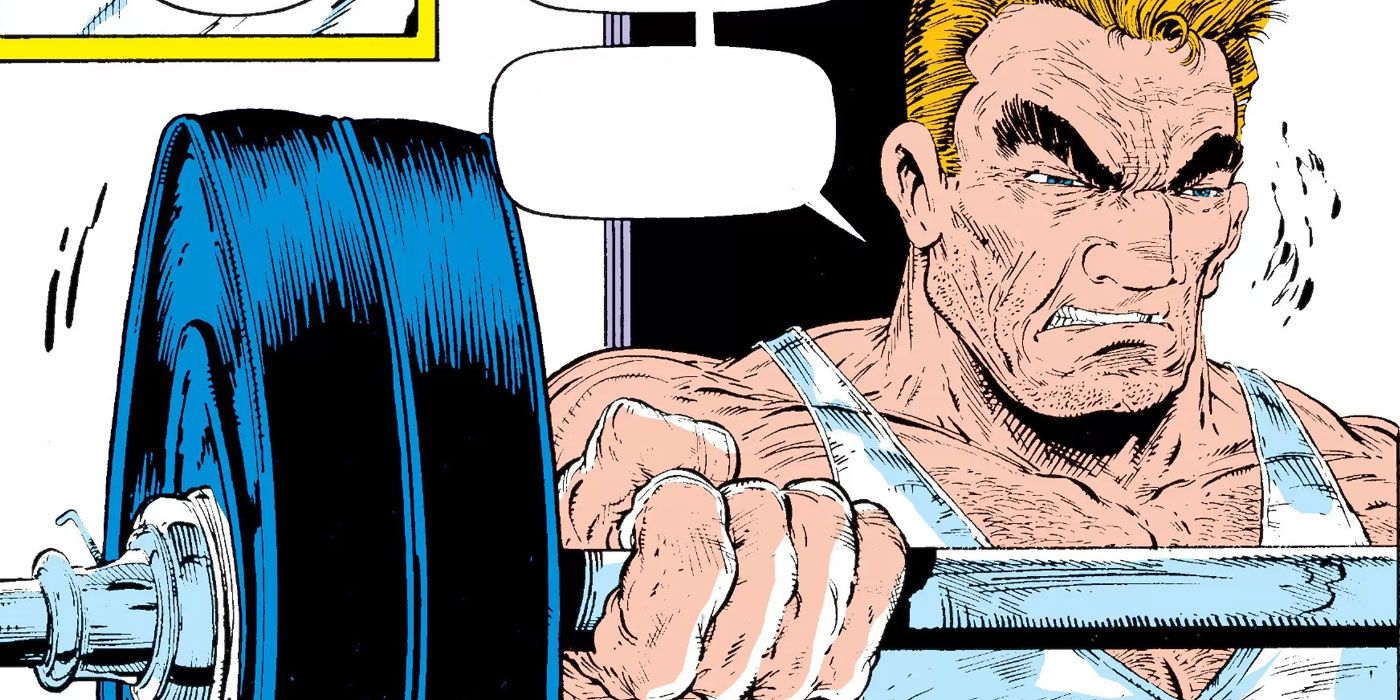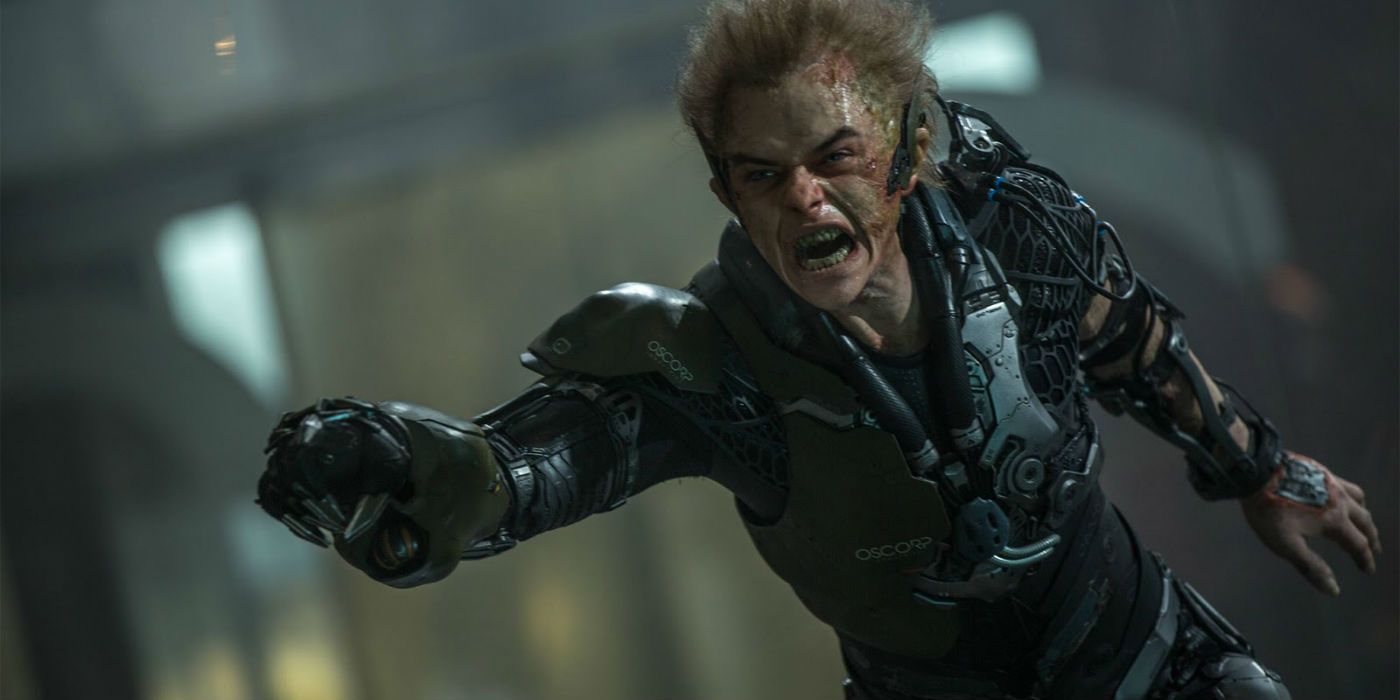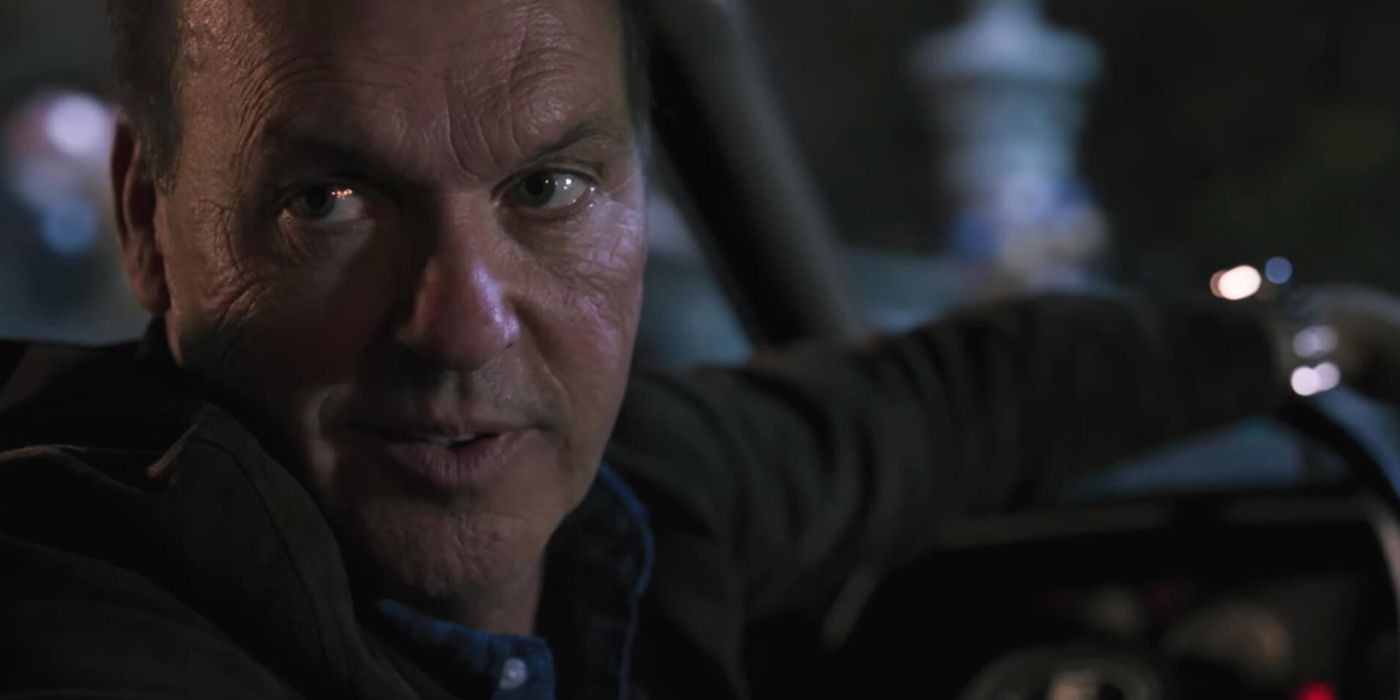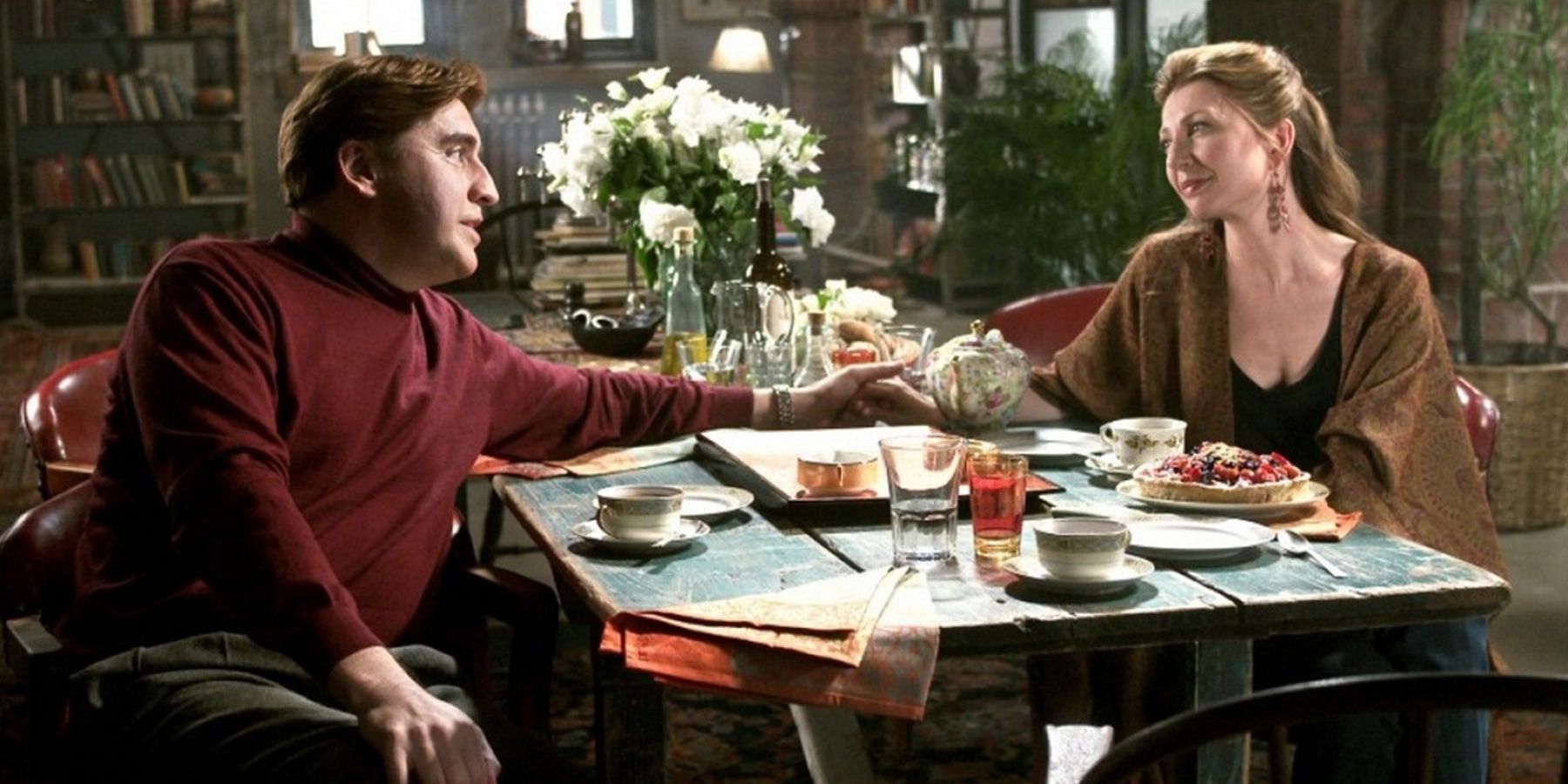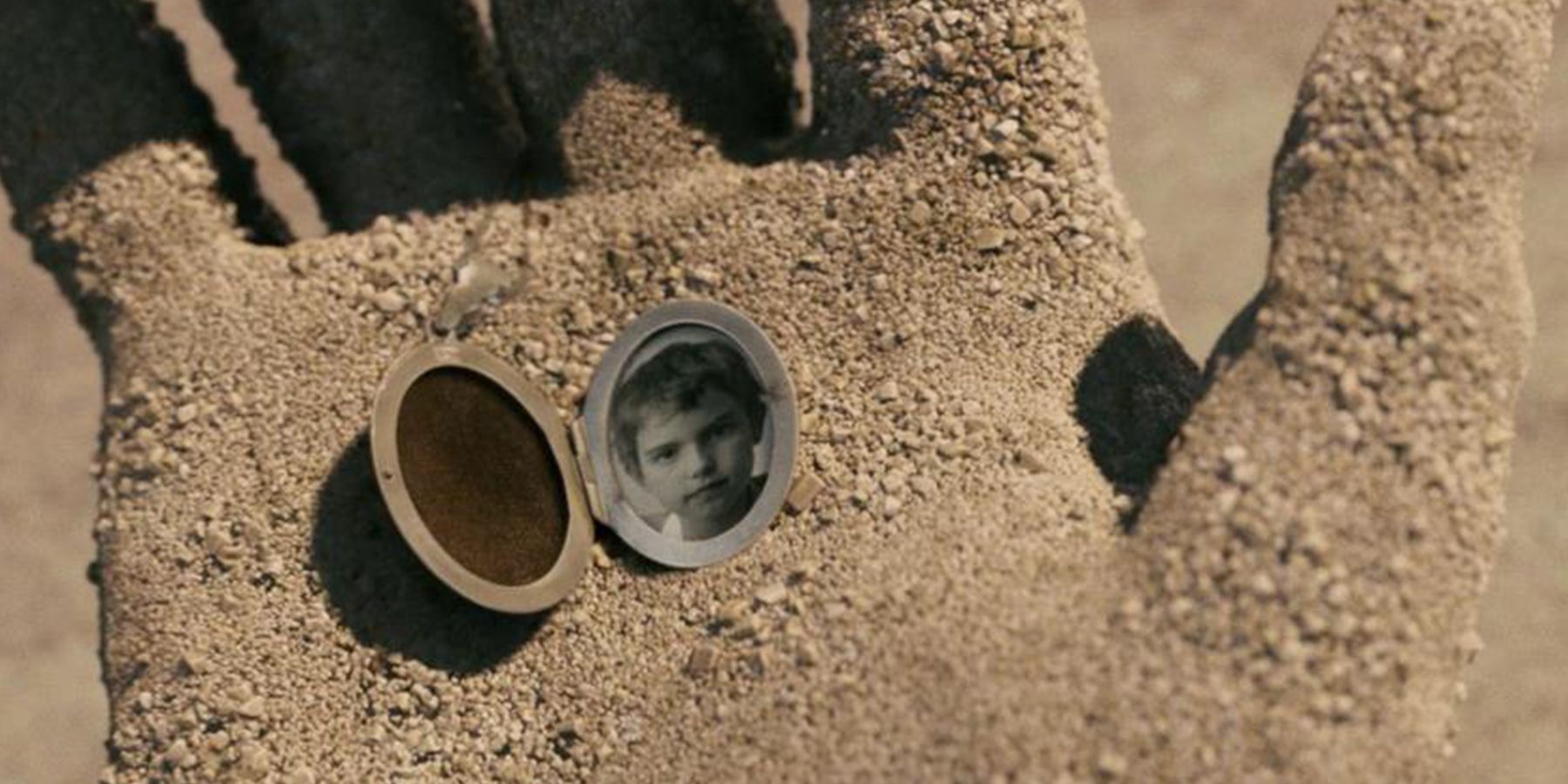Spider-Man has a lot of films under his belt, and each Spider-Man film series has been a part of a different era of superhero films: the early-2000s era, the early MCU/beginning of the modern boom-era and the late-MCU-era. Throughout each of these iterations, we've seen a number of villains get adapted, some more than once. But, as it tends to be with film adaptations, the cheesy comic versions of Spider-Man's rogues gallery had to be adjusted to work on the silver screen. This is usually a smart move, since Spider-Man and his villains have been around for a while, and thus their roots are in the cheesier days of comics, so some things need to be updated.
As a result, however, some film versions of Spidey's villains veered very pretty far from the source material, especially in the critically-panned movies. Of course, a lot of the changes made to Spider-Man's villains were often necessary, and some were very minimal, but it's still interesting to look at where the characters started and where they ended up in the films. Some changes, like those made to Doctor Octopus in Spider-Man 2, made for a much more interesting story, while the changes made to Green Goblin in Amazing Spider-Man 2 were just plain weird, which is part of what makes the long history of Spider-Man films so interesting. Wether it's big changes or small adjustments, let's take a look at all the things that the Spider-Man films changed about the villains, from the original trilogy to Homecoming and Venom.
25 SPIDER-MAN: GOBLIN'S COSTUME
First up is a change that mostly worked at the time and was definitely necessary when looking at the comics: Green Goblin's costume in the first Spider-Man film. Like we said, we see why the change from rubber mask to armored suit and helmet was made, but it's somewhat unrecognizable from Goblin's comics counterpart.
Not that this is a bad thing, this overhauled costume has its merits, but it definitely veered from the original, and looking at it now, it could probably use a bit more purple than the two-toned shine that showed up in certain lighting.
24 SPIDER-MAN 2: SENTIENT OCK ARMS
Doc Ock's origin in Spider-Man 2 is pretty similar to his comics origin; he built his mechanical arms to help with a physics experiment that went wrong and fused the arms to his brain and body. However, there was one major change with the arms that the film added: artificial intelligence.
The arms had an artificial intelligence program that played a part in the character's change from scientist to villain, but this was never a thing in the comics, as the arms never took control of him.
23 SPIDER-MAN 3: NEW GOBLIN?
Spider-Man 3 had a lot of issues, especially when it came to villains. One of its biggest fails was how it depicted Harry Osborne's descent into villainy. Specifically, we're talking about what became known as the "New Goblin," the identity that Harry took up to get his revenge on Spider-Man.
Now, strangely enough, this was taken straight from the comics. Harry learned his dad was defeated by Spider-Man and used his Goblin equipment to get revenge, but it was specifically as the second Green Goblin, not as the hover-board-riding, paintball-mask-wearing "New Goblin."
22 AMAZING SPIDER-MAN: CURT & RICHARD
One of The Amazing Spider-Man's biggest mistake as a film series was giving Peter's parents a big part in the overarching story, something that was much worse in the second film. In the first film, however, it added a strange layer to the movie's villain, Dr. Curt Conners, AKA The Lizard.
In this interpretation of the character, Dr. Conners was once partners with Peter's father, Richard Parker, who was also a scientist -- two things that never happened in the comics.
21 AMAZING SPIDER-MAN 2: MAX DILLON
From the second we learned the details about The Amazing Spider-Man 2's interpretation of Electro, there were a number of comparisons made to Jim Carrey's Riddler in Batman Forever, and it's not hard to see why.
Both characters were obsessed with the hero they would later antagonize, doing so because their idol rejected them in some way, shape or form. The only difference was that Max Dillon got superpowers during his descent into evil. Regardless, this origin for Electro was not how the story went in the comics.
20 SPIDER-MAN 3: THE SYMBIOTE'S ORIGIN
The Venom symbiote's origins lie in the Secret Wars; it was originally thought to be just a new suit made from a materializer, but turned out to be a living creature that had bonded to Spider-Man. From then on, Spider-Man 3 got the basic part of the plot right, but the way that Peter and the symbiote came into contact was changed quite a bit.
During a meteor shower, the symbiote just randomly fell to earth and decided to attach itself to Peter, which is a really boring and coincidental origin that was just the beginning of the film's troubles.
19 SPIDER-MAN HOMECOMING: ADRIAN TOOMES
The changes made to The Vulture in Spider-Man: Homecoming serve as both an update to the character and help him fit into the MCU better. We definitely dug the changes, but when you put the Homecoming's Adrian Toomes next to his comics counterpart, quite a few things are different.
The character is a bit younger than the elderly man we see in a flying suit, a smart change that isn't really a big deal at the end of the day. Additionally, instead of being an inventor, Toomes is a salvager, another change that worked to the film's benefit.
18 SPIDER-MAN: GOBLIN'S DEMISE
The first Spider-Man film had a surprisingly comics-accurate demise for the Green Goblin; he was pierced by his own glider while trying to defeat Spider-Man with it. However, the events leading up to this moment had one major difference, having to do with a change in Peter Parker's love life made to the film series as a whole.
In the comics, Green Goblin's life ended (for awhile) after dropping Gwen Stacy off a building. This scene was tweaked a bit for the film, as Goblin made Spider-Man choose who to save: Gwen Stacy or a group of kids.
17 SPIDER-MAN 2: SYMPATHETIC OTTO
In the comics, Otto Octavius was never really the most likable guy, nor was he someone you could really sympathize with, since his origin story involves some mommy issues and randomly turning to a life of crime. The movie version of Doc Ock, however, was much more sympathetic.
The Spider-Man 2 version of the character was a much more successful, well-adjusted scientist who was turned evil by the corruption of the arms he built, which had infected his brain after the explosion of that reckless renewable energy project, making his tale more tragic than malicious.
16 SPIDER-MAN 3: TOPHER DIS-GRACE
Another small, but somewhat significant change made to a Spider-Man villain came in the form of Eddie Brock's career in Spider-Man 3. In the comics, Eddie loses his job as a reporter because Spider-Man reveals the true identity of a serial killer that Eddie claimed was someone else.
In the film, Eddie is a photographer, not a journalist, and his beef is specifically with Peter Parker, not Spider-Man. Additionally, Eddie's defamation came when Peter revealed his photo of black suit Spider-Man to be a photoshopped fake.
15 AMAZING SPIDER-MAN: LIZARD'S PLAN
On top of his design being a huge veer from the comics, The Lizard's villainous acts were also changed in his Amazing Spider-Man role. For the most part, comics Lizard was essentially a less-strong version of The Hulk, the evil second persona of a brilliant scientist that would break free and go on a rampage.
In The Amazing Spider-Man, however, there was some intelligence left in The Lizard, who wanted to mutate the world into more lizard-people -- a plot that never happened in the comics.
14 AMAZING SPIDER-MAN 2: ELECTRO'S ORIGIN
Spider-Man got his powers from an irradiated spider bite, which is something of a classic origin that's heavy on the fiction, and light on the science. For some strange reason, this origin was more-or-less duplicated for Max Dillon's transformation into Electro.
Instead of being struck by lightning while working on a power line, Max was electrocuted by an Oscorp power line before falling into a vat of genetically-modified electric eels that bit him and infused his body with electrical powers. It was a strange choice that was just a repeat of Spidey's origin in a lot of ways.
13 SPIDER-MAN 3: EDDIE'S ORIGIN
A lot of minor changes were made to Eddie Brock's story in Spider-Man 3, one of which was the circumstances that led him to the church where the symbiote attached to him.
In the comics, Eddie was constantly seeking the approval of his father, and when he was disgraced as a reporter by Spider-Man's actions, his father refused to speak to him. He was also married; his defamation leading to a divorce that, combined with what happened with his father, led to aggressive, violent and self-harming behavior that drove him to the church.
12 SPIDER-MAN HOMECOMING: VULTURE'S SUIT
We're definitely not complaining when it comes to Vulture's costume in Spider-Man: Homecoming, which was drastically different from the comics, though the basic idea is there. This version is much more mechanical, and much less costume-y looking, which is for the better when it comes to an MCU design.
Instead of being a mask-less cloth-looking suit with big feathery wings, Vulture's suit is a massive glider jet-pack made from Chitauri technology (another thing that wasn't in the comics) with some green coloring, a beak-like helmet and parka jacket to recreate the comics costume's feathers.
11 SPIDER-MAN 2: OCK'S COSTUME
While we're on the subject of costumes, let's look at Doc Ock's costume in Spider-Man 2, which is less of a costume and more of an approximation of a costume that was common for superhero movies of the time. The tone of the movie didn't really fit with the idea of Ock wearing green and yellow spandex, so two trench coats were chosen instead.
The sunglasses are still there, sure, but otherwise, the only piece of Ock's comic costume that's left are slight hints of green and yellow seen in the trench coat and yellow stripes on the arms.
10 SPIDER-MAN 3: BUFF EDDIE
A lot of fans were wary about Topher Grace being cast as Eddie Brock, who is known in the comics to be a massively buff tough guy who towered over Peter Parker -- two things that don't really describe the actor who of course portrayed Eric Foreman on That '70s Show.
Eddie's huge muscles were the result of his life falling apart, which led him to blow off steam and release tension via muscle training. This part of the character's physique and background were not featured in Spider-Man 3, which is why the size of Venom seemed rather off.
9 AMAZING SPIDER-MAN 2: GOBLIN HARRY
As we covered earlier, Harry Osborne was the second Green Goblin for a brief period in order to take revenge on Spider-Man for defeating his father, the first Goblin. In The Amazing Spider-Man 2, the first Osborn to take up the Goblin mantle was not Harry's father, but Harry himself.
This was a veer from the original comics, as were the events that led to Harry's descent into Gobliny madness. In The Amazing Spider-Man 2, Harry became obsessed with genetic disease cure that could possibly be found in Spider-Man's blood.
8 SPIDER-MAN HOMECOMING: VULTURE AND LIZ
The reveal in Spider-Man: Homecoming that Adrian Toomes is Liz Allen's father was one of the best parts of the film, leading to an incredibly tense scene in the Toomes Family car on the way to Homecoming. However, this sort of came out of left field, both because there's nothing implying this was the case throughout the rest of the film and because this was never in the comics.
Like we said, the twist is interesting, but it was also completely made up for the film -- an attempt to connect the trouble in Peter's school life and his superhero life.
7 SPIDER-MAN 2: MRS. OCTAVIUS
We mentioned earlier that Dr. Octavius was made to be much more sympathetic in Spider-Man 2, and part of that was giving him a family in the form of his wife, Rosalie Octavius. Rosalie unfortunately perished in the accident that fused Otto's cybernetic arms to his body and led to his decent into villainy.
Otto Octavius did have a fiancée in the comics named Mary Anders, but he broke off their engagement because of his controlling mother. In Spider-Man 2, Otto seems very happy with his wife, which is what makes his story much more tragic.
6 SPIDER-MAN 3: SANDMAN'S DAUGHTER
Like Doctor Octopus, Sandman's character in the Sam Raimi Spider-Man universe was made to be much more sympathetic. This was achieved through his sick daughter, whom he attempted to care for by stealing, an act that got him put in jail.
Flint's daughter did not exist in the comics, in fact, his origin was much more convoluted and had to do with his absent father, having a crush on his teacher and a few other strange life events. The one thing that remained in tact was how he got his powers.

